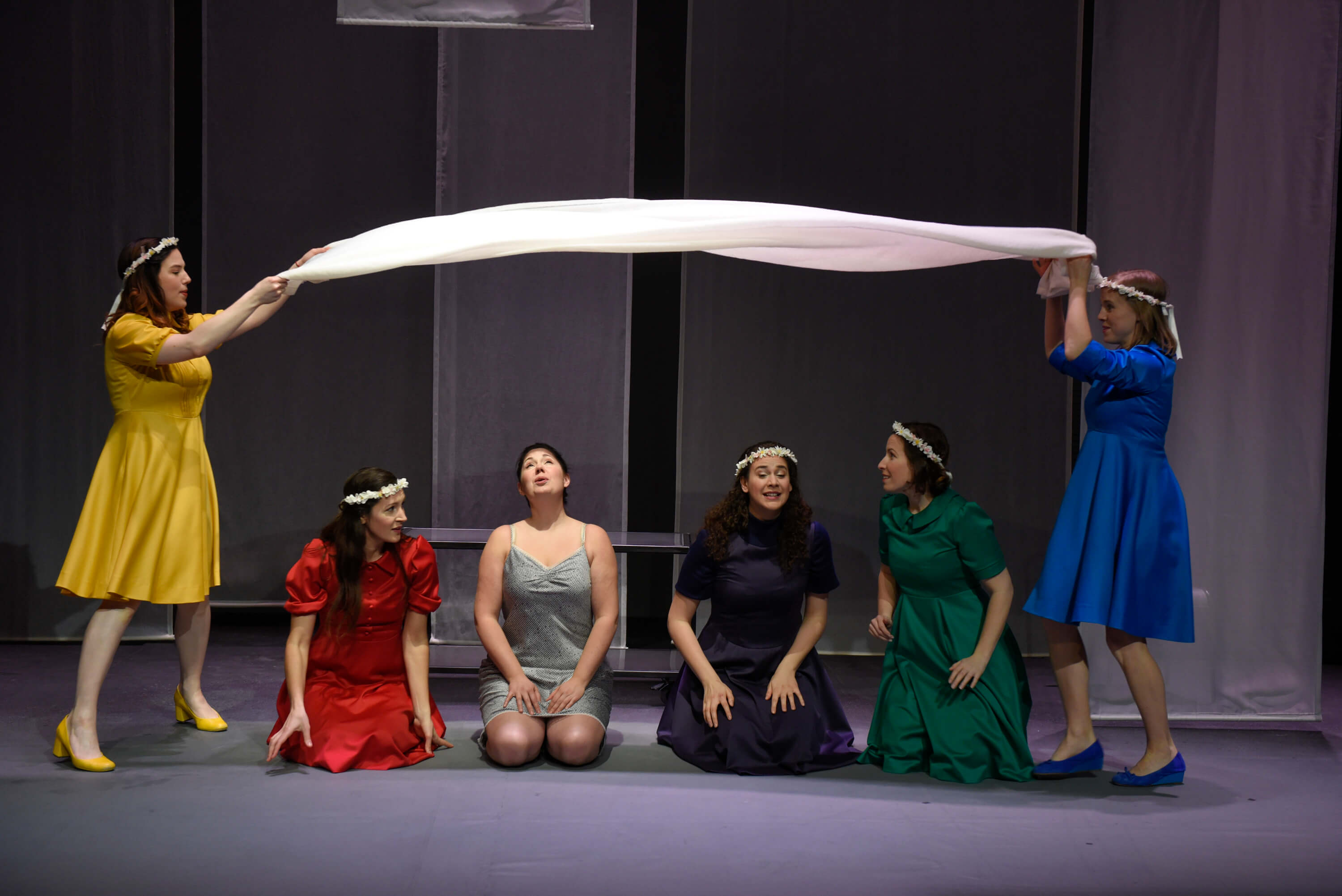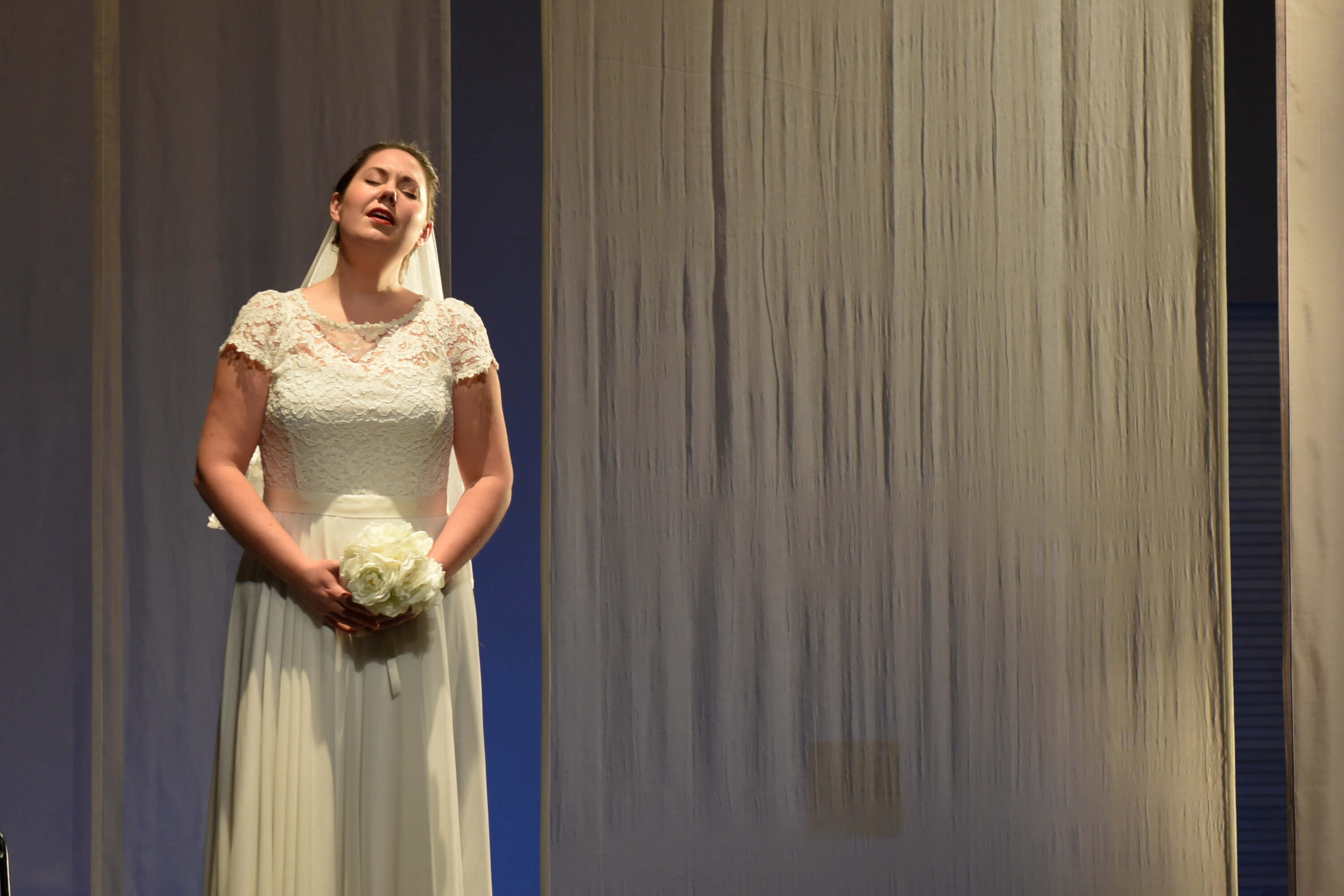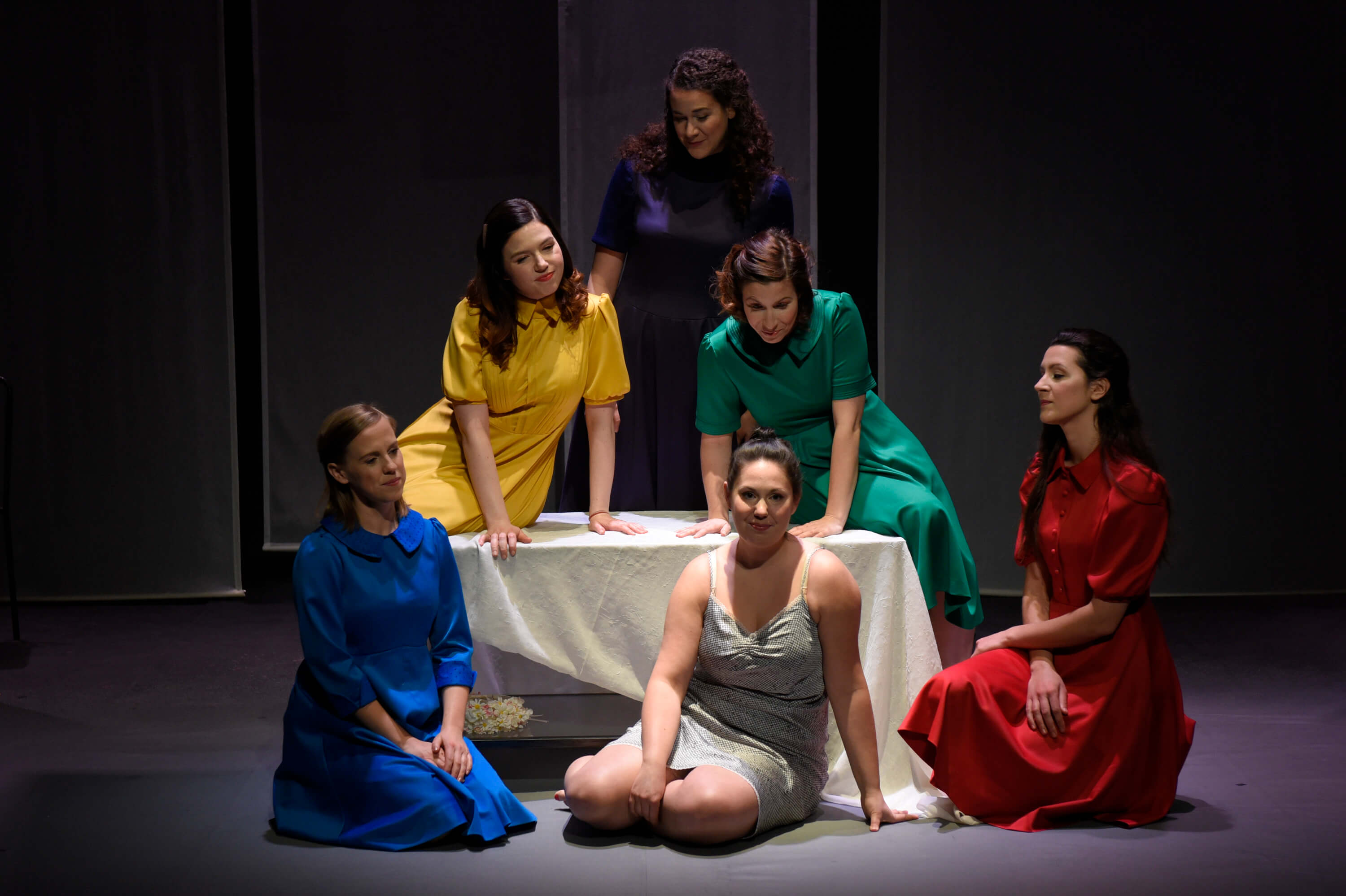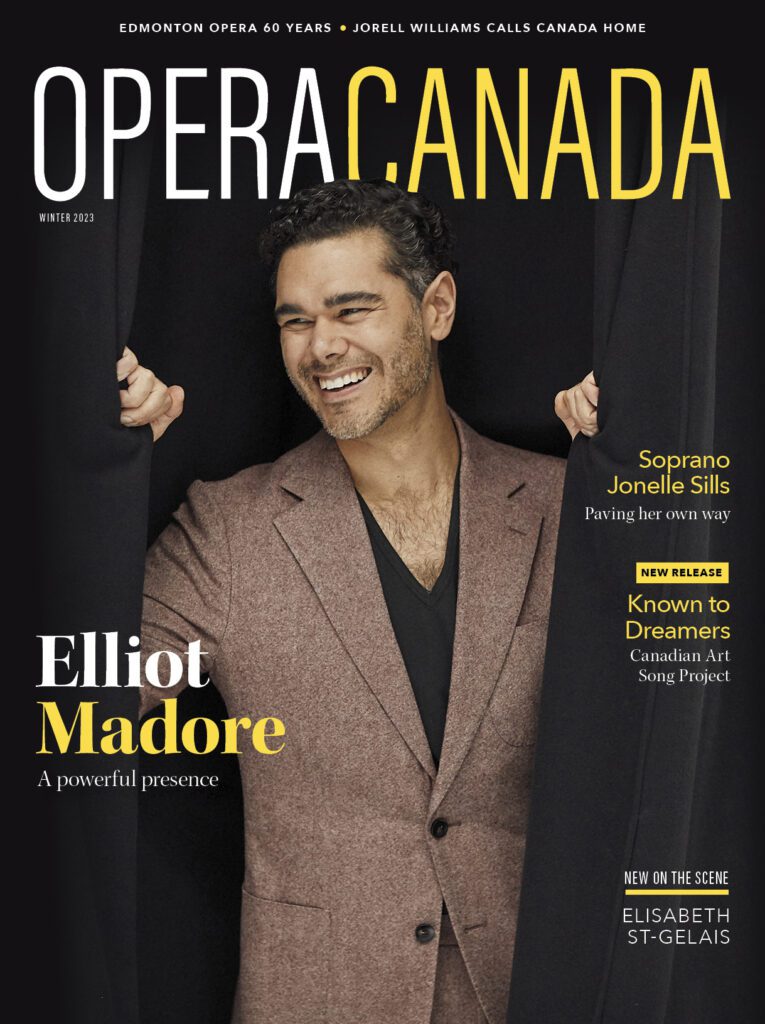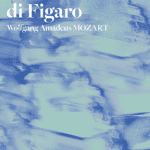In my early 20s, a boyfriend introduced me to the work of Dmitri Pokrovsky. Pokrovsky was a Soviet ethnomusicologist; much like Bartók had done in Romania, he spent years puttering around rural and remote areas of the Soviet Union to document obscure, bygone folk music traditions before they disappeared. Pokrovsky died in 1996; in the last recording he made with his eponymous vocal and instrumental ensemble, he paired Stravinsky’s Les noces with some of the many folk songs about courtship and weddings he’d found during his travels (Stravinsky had sourced the texts for Les noces from traditional lyrics, but the music was wholly his own). The ensemble’s singing was striking: close harmonies, intricate rhythms, and a distinct, pointed, nasal tone that, while strange to a listener used to western classical style, seemed to fit naturally with the ancient Slavic tunes.
In her 2011 a cappella chamber opera Svadba (Wedding), Ana Sokolovic makes no reference to either Stravinsky nor to any particular folkloric tradition (except for directly quoting some Serbian children’s nursery rhymes). But emotionally, her imaginative composition evokes the same sense of primal, timeless ritual as Les noces and that 1994 Pokrovsky Ensemble recording.
Svadba capitalizes on talented Atelier Lyrique members and alumna
Svadba had its Montreal premiere on March 24, in a beguiling new Opéra de Montréal production at the modestly-sized Espace Go theatre in Mile-End. Sokolovic’s challenging, playful, downright fun score provides a marvelous vehicle for the fresh, young cast, made up of six current and former members of the company’s Atelier Lyrique young artist training program. Honestly, how much more thrilling must it be to be able to put this on your YA resume, rather than yet another Barbiere or Nozze?
In this hour-long work, five girls are helping their friend Milica prepare for her wedding the next morning. Sokolovic immediately pulls us into this bright, intimate, hopeful world of young women, with its laughter, teasing, gossip, romantic fantasies and warm sisterly affection. Playground games are fondly remembered, hair is done, a catty argument between old friends is resolved and quickly forgotten, like a summer thunderstorm.
Sokolovic cleverly uses onomatopoeia, repetition, and the idiosyncrasies of the Serbian language itself to create a highly textured score, where the performers are as likely to sound like percussion or wind instruments as singers (a lone percussionist, Carol-Anne Fraser, discreetly provides the only non-vocal colour).
The result is closer to the contemporary chamber choir vein than opera; only Milica is given anything resembling an aria—a soaring, climactic, surprisingly moving farewell to girlhood that radiates both purity and courage. In the lead role, the sympathetic Myriam Leblanc showed off a supple, intuitively expressive voice, with effortless projection and clarity at the top.
Svadba‘s ensemble cast
The five supporting women—sopranos Suzanne Rigden and Chelsea Rus, and mezzos Rose Naggar-Tremblay, Caroline Gélinas, and Rachèle Tremblay—all deserve huge props for their excellent work in bringing Sokolovic’s difficult, unusual score to life. They achieved beautiful, clean-edged blend, while each bringing a distinct vocal flavour and personality to the fore when required. They are all natural, charming actors as well—there wasn’t one weak link in the group. Conductor Dairne Ni Mheadra evidently prepared the young women to within an inch of their lives, then gave them just enough of a safety net to allow them to fly.
Martine Beaulne’s staging provokes maximum aesthetic pleasure with a minimum of resources. The stage is hung with simple, translucent scrims of varying heights, suggesting physical as well as psychic veils. Milica’s wedding dress itself sways gently from the rafters over the girls’ heads for most of the performance, part dream, part Sword of Damocles. For all of the girls’ levity and anticipation about the wedding, I loved how the staging hints at the solemnity and uncertainty of the occasion. As they help Milica get ready, the five girlfriends are dressed in jewel tones, bright as birds or flowers. But their bridesmaid dresses are uniform grey, and they slip into them quietly, as if they were marching off to battle, or to a funeral for their friend’s lighthearted innocence.


